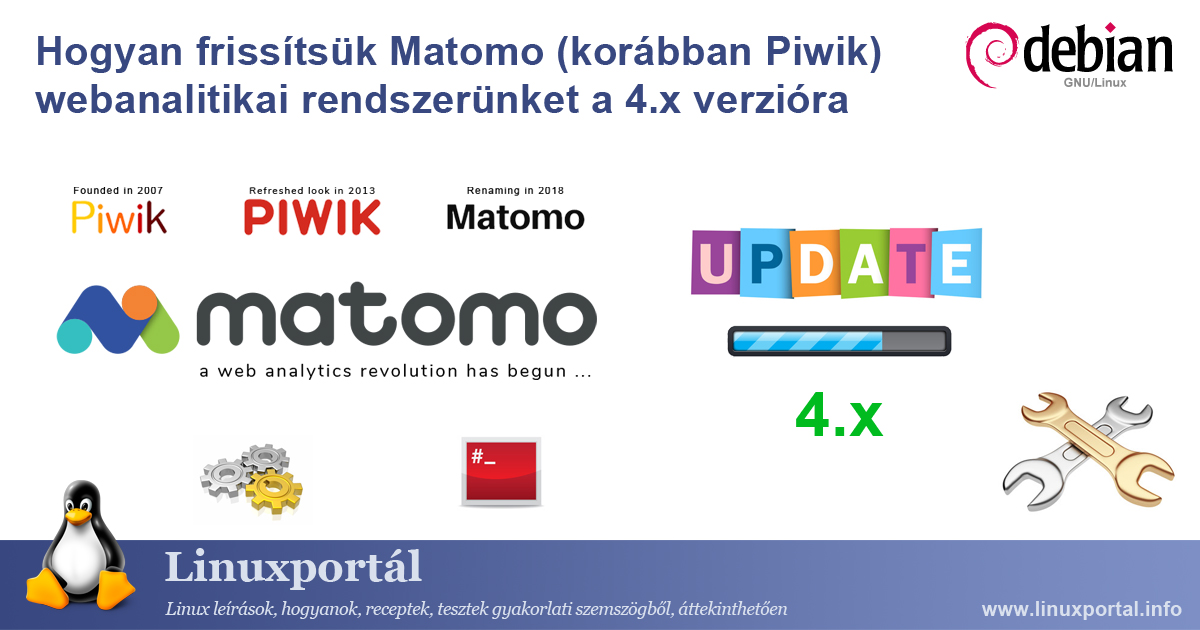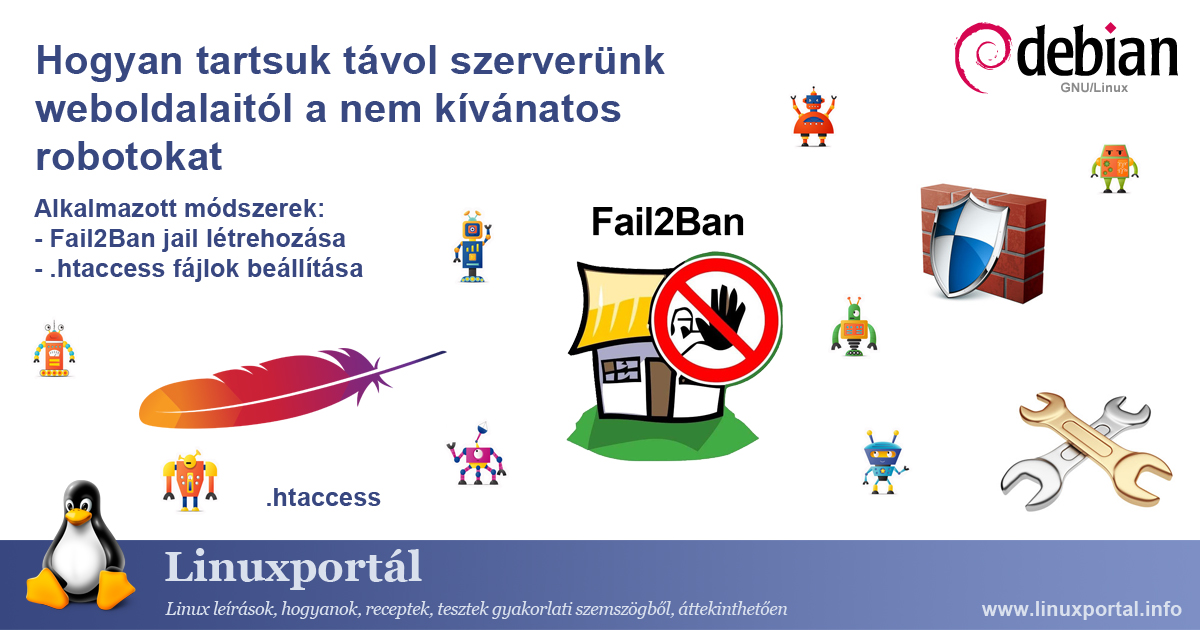How to upgrade our Matomo (formerly Piwik) web analytics system to version 4.x.
The Matomo (formerly Piwik) web analytics system is a high-quality statistical tool that provides us with a detailed and comprehensive view of our website traffic. I have previously described how to install and deploy Matomo software on your own server, and in this tutorial we will review how to upgrade your web analytics system to the recently released 4.x major version. The web statistics program also contains many new features, but in this description we do not focus on these, but we satisfy the software requirements for the new main version so that the system can continue to operate stably. On this page we will make the necessary settings before the update and update Matomo.










